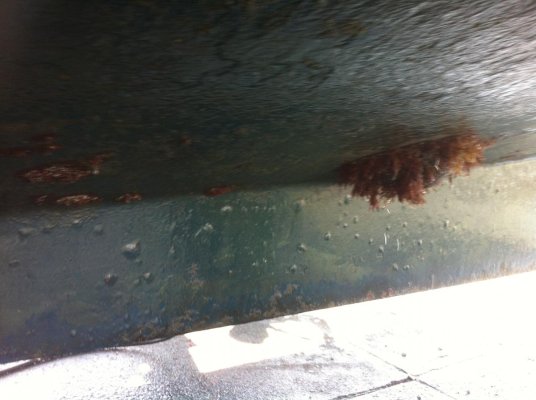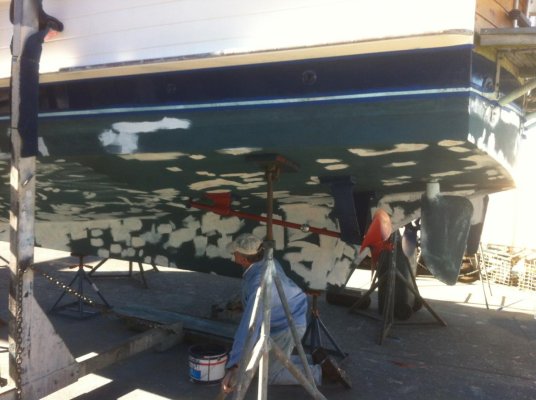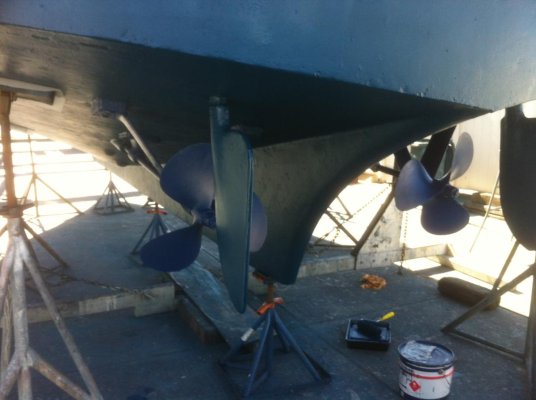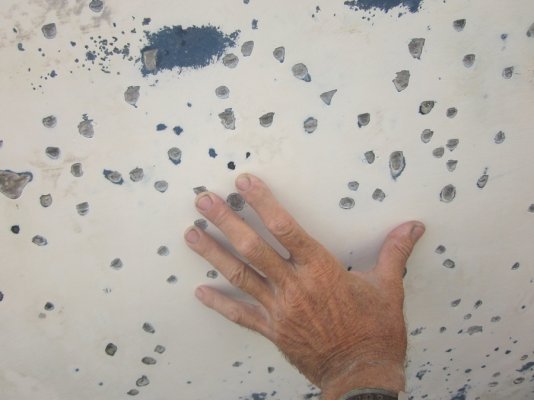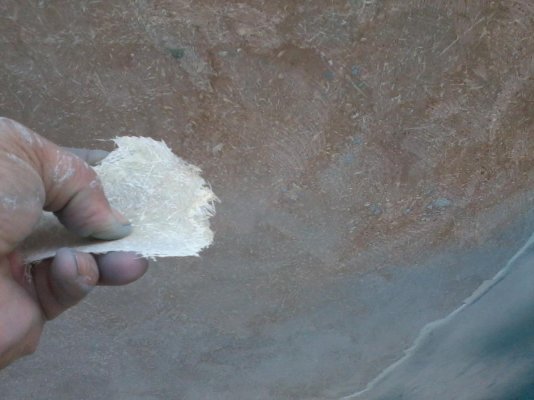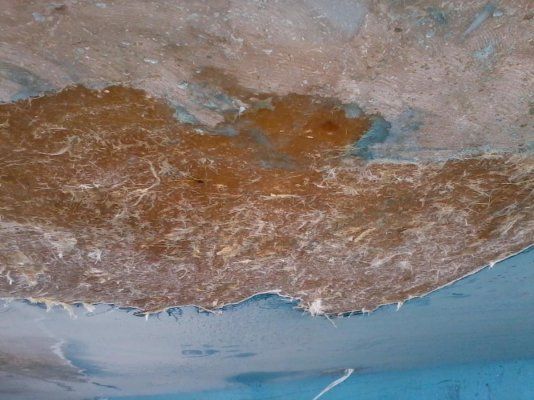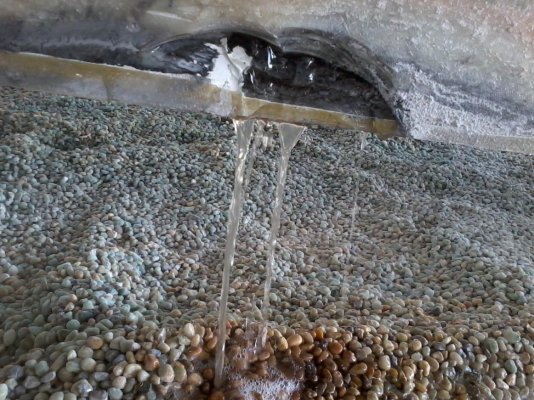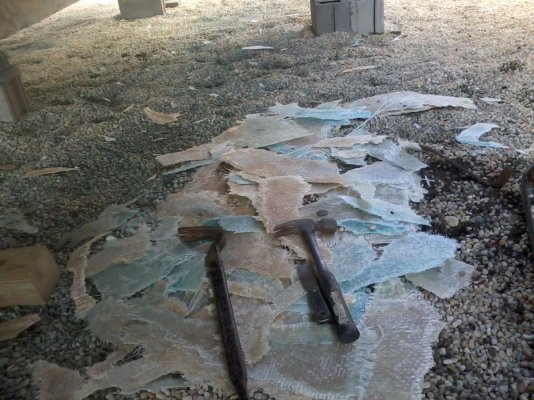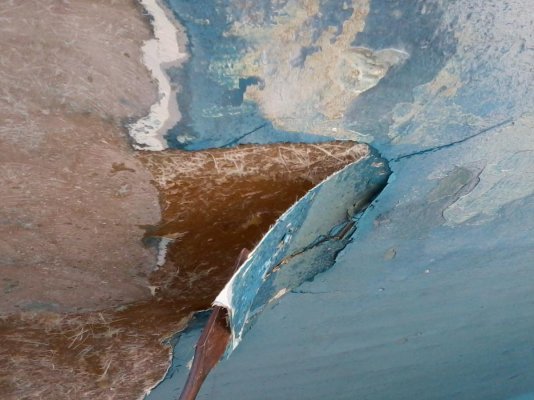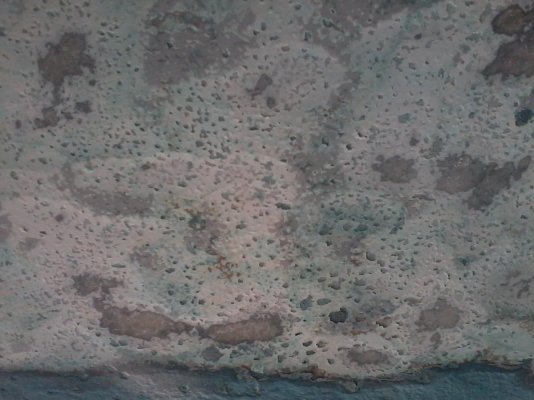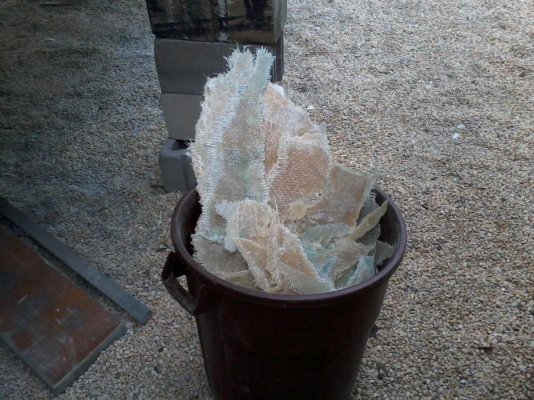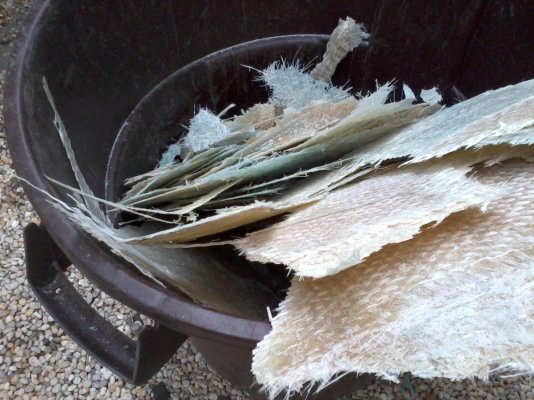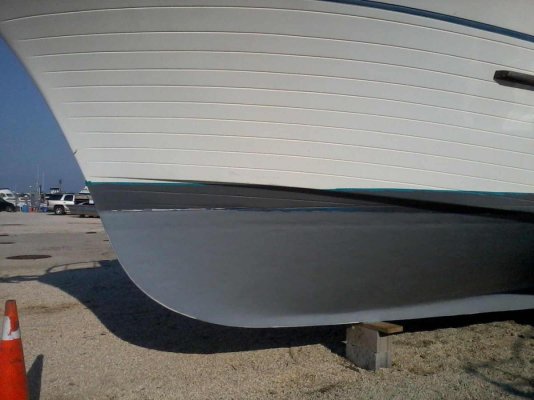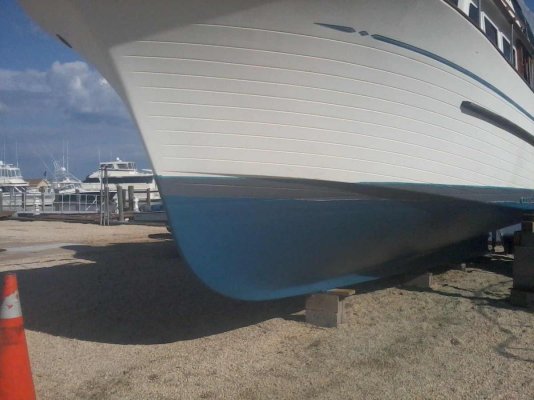Besslb
Guru
Hi TF People!
Everyone in Sandy's path stay safe. (not the question)
What are your thoughts on blisters? We know we have some. It's one of the reasons we haul and paint yearly. When we surveyed originally the bottom was very bumpy and the surveryor said that it would need doing eventually. PO hadn't painted the bottom in the 4 years he owned the boat. Since our yearly paint jobs, the bottom has improved quite a bit.
We're hauled at a new yard, and of course the yard manager wants to talk about our bottom. We're going tomorrow to see her and see if it really looks any worse than it has in the past couple of years. (Tom was in a little bit of a hurry when he delivered her there, and didn't make a point of taking notice other than the previous paint didn't look so bad)
The full peel is out of the question financially. But what about sandblasting back to gelcoat and an epoxy barrier coat? What are your thoughts on that job. Is it worth it? Does it fix the problems or is it just a stop gap on the road to the a peel?
Thanks ya'll!!
Everyone in Sandy's path stay safe. (not the question)
What are your thoughts on blisters? We know we have some. It's one of the reasons we haul and paint yearly. When we surveyed originally the bottom was very bumpy and the surveryor said that it would need doing eventually. PO hadn't painted the bottom in the 4 years he owned the boat. Since our yearly paint jobs, the bottom has improved quite a bit.
We're hauled at a new yard, and of course the yard manager wants to talk about our bottom. We're going tomorrow to see her and see if it really looks any worse than it has in the past couple of years. (Tom was in a little bit of a hurry when he delivered her there, and didn't make a point of taking notice other than the previous paint didn't look so bad)
The full peel is out of the question financially. But what about sandblasting back to gelcoat and an epoxy barrier coat? What are your thoughts on that job. Is it worth it? Does it fix the problems or is it just a stop gap on the road to the a peel?
Thanks ya'll!!

